-
Posted On Wednesday, April 12, 2023 by Vince Antoine
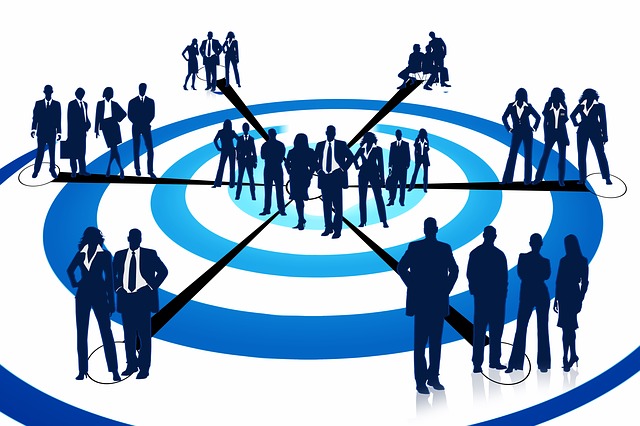
Generating high-quality sales leads is a top priority for nearly all B2B companies. Regardless of what your B2B company is trying to sell, you'll need to identify prospects who fit your B2B company's ideal buyer profile. Each of these leads is an opportunity to generate a sale. Some of them may even turn into loyal buyers who stay with your B2B company for many years to come.
With the right lead generation strategy, you'll have an easier time capturing and converting prospects into buyers. But you'll need to combine lead generation with lead distribution. Many B2B companies focus on the former strategy. They invest all of their resources in lead generation while turning a blind eye to lead distribution. What is lead distribution exactly, and why is it important?
A Crash Course on Sales Lead Distribution
Sales lead distribution is the process of forwarding and distributing leads to sales reps. It immediately proceeds lead generation. After generating high-quality, you'll need to distribute them to your B2B company's sales reps. Lead distribution is a marketing and sales strategy that involves this process. You can forward newly generated leads to your B2B company's sales reps.
Statistics show that B2B companies generate over 1,800 leads per month on average. Some B2B companies, of course, generate even more leads, whereas others generate fewer leads. Regardless, that's a lot of prospects with whom they must engage and pitch their products or services. Rather than targeting each prospect one by one, B2B companies often leverage lead distribution. They immediately forward sales leads to the appropriate sales reps after generating them. Those sales reps can then reach out to the prospects to see if they are interested in buying their B2B company's products or services.
How Does Lead Distribution Work?
You might be wondering how lead distribution works exactly. Like with other marketing and sales strategies, there are different ways to implement it. Some B2B companies perform lead distribution manually, whereas others use an automated solution.
Manual lead distribution involves manually forwarding leads to sales reps. Marketers may use a variety of channels to generate high-quality leads, including email, cold calling, LinkedIn, Google Ads, search engine optimization (SEO) and appointment setting. After generating new leads, they'll manually forward the information about those prospects to their B2B company's sales reps.
Other B2B companies use an automated lead distribution solution. Some customer relationship management (CRM) software can automatically distribute leads to sales reps. There's also lead routing software. Lead routing software lives up to its namesake by routing newly generated leads to the appropriate sales reps. You can plug leads into the software, and it will do the rest by routing to them to sales reps at your B2B company.
Common features of lead routing software include the following:
- Filter redundant or duplicate leads
- Quality leads based on custom criteria
- Automatically forward leads to available sales reps
- Collects and records data on leads
Hybrid Sales Lead Distribution Explained
Most sales lead distribution processes can be classified as manual or automatic depending on whether they involve the use of routing software. Manual lead distribution is performed manually by marketers, whereas automatic lead distribution is performed automatically with lead routing software. There's a third type of lead distribution, though: hybrid lead distribution.
Hybrid sales lead distribution combines elements of both manual and automatic lead distribution. Marketers will still manually forward and distribute leads to sales reps, but they'll use software to assist them in this process. They may qualify leads, for instance, after which marketers may assign them to specific sales reps using lead routing software.
Why Lead Distribution Is Important
Your B2B company will probably generate more sales with lead distribution. In the B2B industry, conversion rates are heavily influenced by lead response time. The sooner you respond to a newly generated lead, the better your chance of converting him or her into a buyer. One report found that responding to new leads within one hour of acquiring them increases the chance of interaction with decision-makers by nearly 700 percent.
While most B2B companies acknowledge the importance of generating leads, many of them don't use lead distribution. They focus their energy and resources on generating leads without distributing those leads to the appropriate sales reps. The result is a slower lead response time. Some B2B companies have an average lead response of two days. In other words, it takes them over 48 hours to contact new leads after acquiring them. Long lead response times such as this has a negative impact on sales. Prospects may no longer be interested in making a purchase, or they may have already chosen a competitor's product or service.
You can speed up your B2B company's lead response time by leveraging lead distribution. Your B2B company probably has a marketing team. The marketers within this team will generate leads. Sales reps, in comparison, will target these leads with offers in an effort to convert them into buyers. Lead distribution will encourage a faster lead response time by allowing marketers to forward and distribute leads to sales reps more quickly. And with a faster lead response time, your B2B company will generate more sales.
Another benefit of lead distribution is fewer appointment no-shows. If your B2B company uses appointment setting as part of its overall sales strategy, you'll probably want to minimize no-shows. No-shows are exactly what they sound like: a prospect who books an appointment to talk to a sales rep but doesn't show up for it. Each appointment no-show is a waste of time. To minimize them, look no further than lead distribution.
Appointments can be classified as leads. Lead distribution can help pass these appointments to sales reps in a timely manner. Sales reps can better prepare for upcoming appointments, and they can send reminders to prospects so that no-shows are less likely to occur.
In Conclusion
Sales lead generation and lead distribution are synergistic strategies. When used together, they'll pave the way for a more effective sales strategy. Lead generation is simply the process of acquiring and generating leads, whereas lead distribution is the process of forwarding those leads to sales reps.
What to learn more? Get in Touch
Latest Posts
-
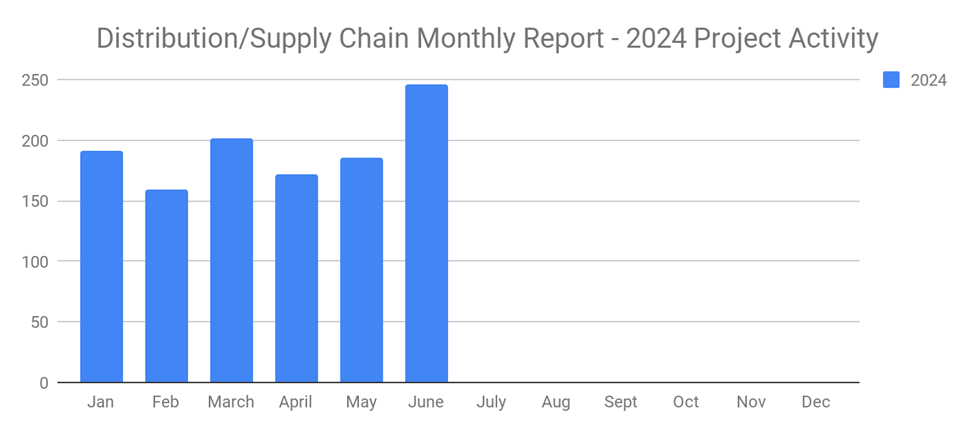
New Distribution and Supply Chain Industrial Projects Surge to 246 in June 2024
-
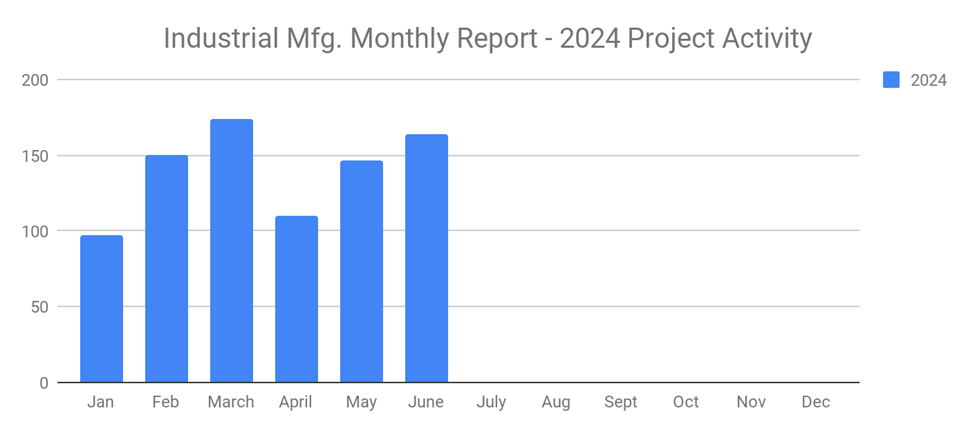
New Industrial Manufacturing Projects Third Month in a Row of Growth with 164 New Projects for June 2024
-
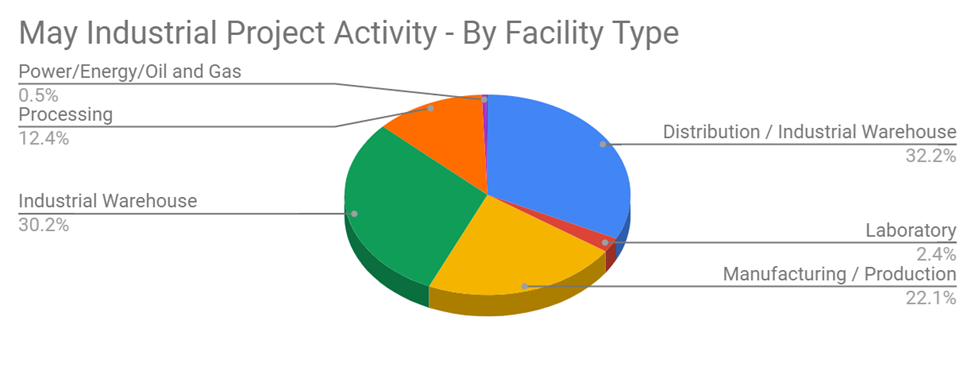
Planned Industrial Construction Projects Continue Strong in June 2024 with 496 New Projects
-
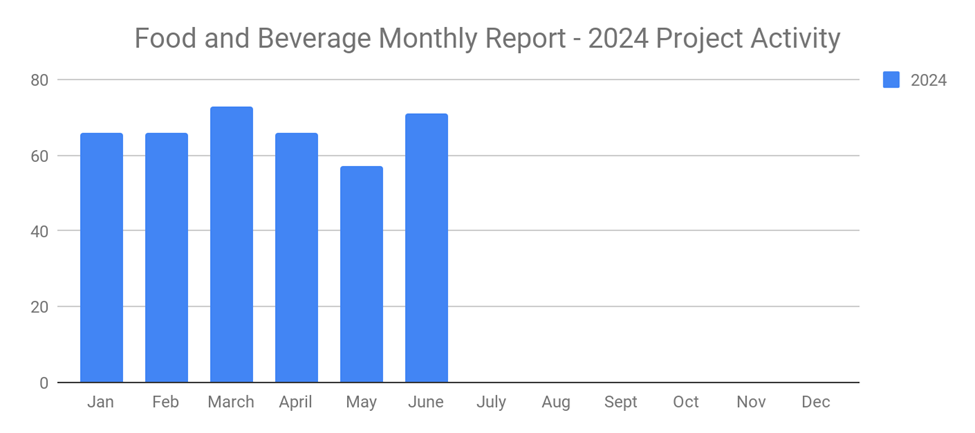
New Food and Beverage Planned Projects with Stellar Growth in June 2024 with 71 New Projects
